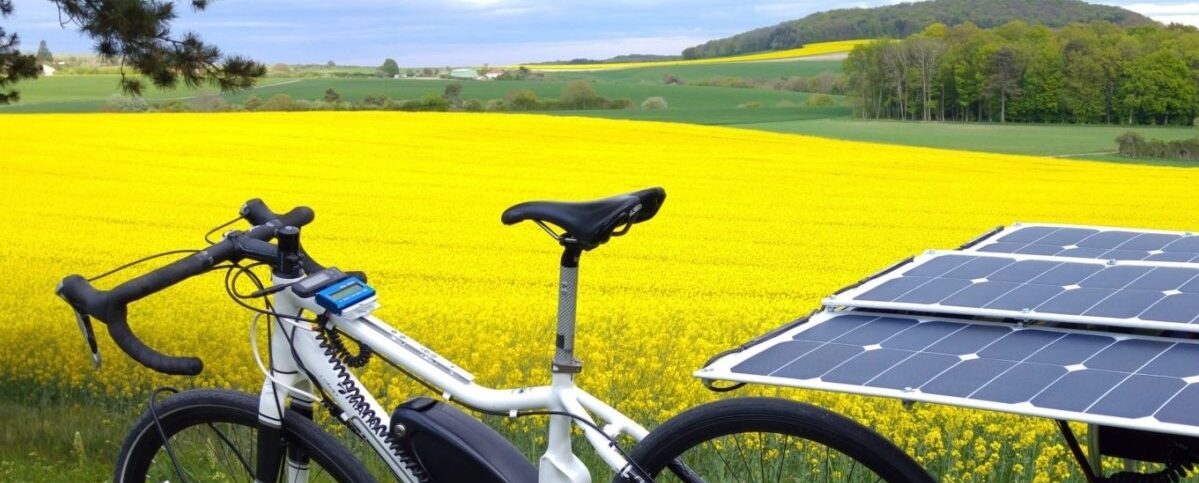Preparation of the Sun Trip Europe in April
Obviously, this month of April will have been marked by the re-containment and the limit of 10 km around the home! Luckily, half of my perimeter was surrounded by nature and was quite hilly. It was also the opportunity to discover or rediscover side roads and small forgotten roads … I saw spring unfold visibly, […]
Preparation of the Sun Trip Europe in April Read More »
